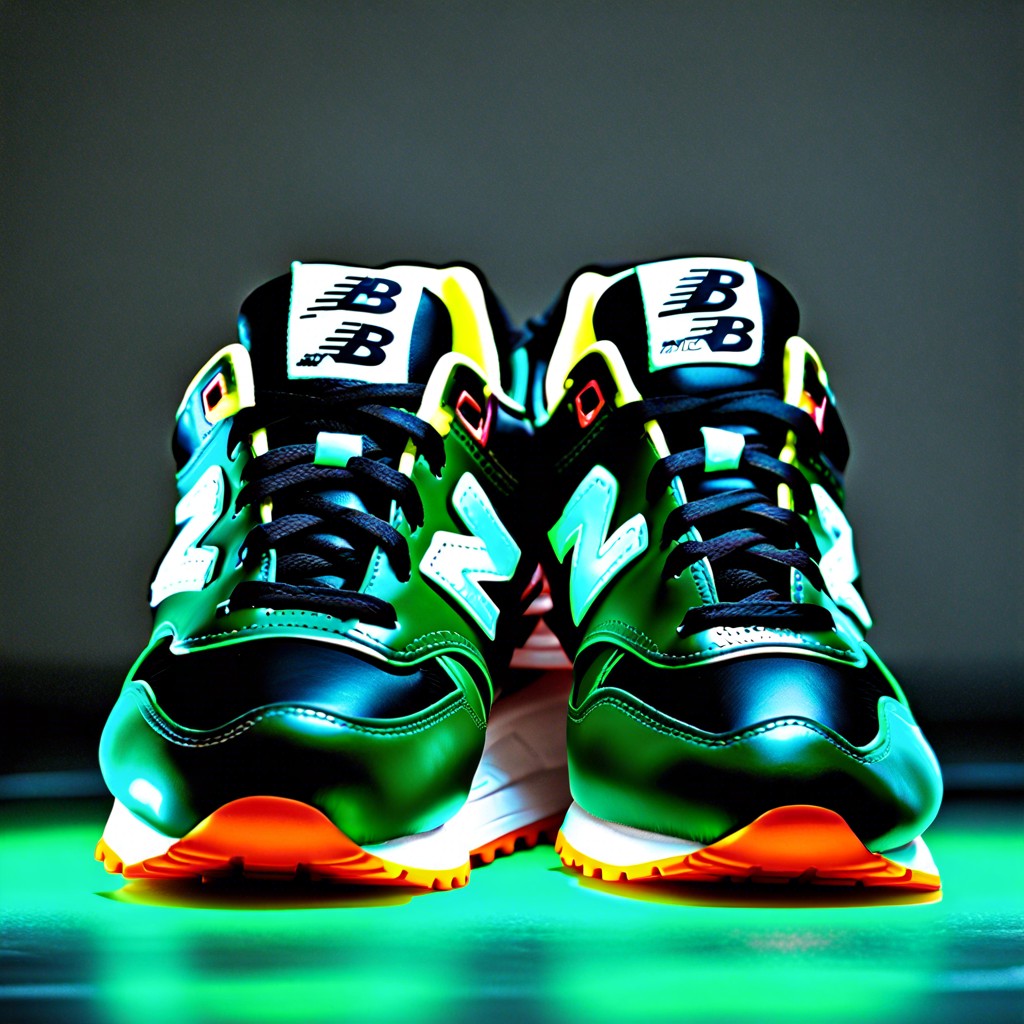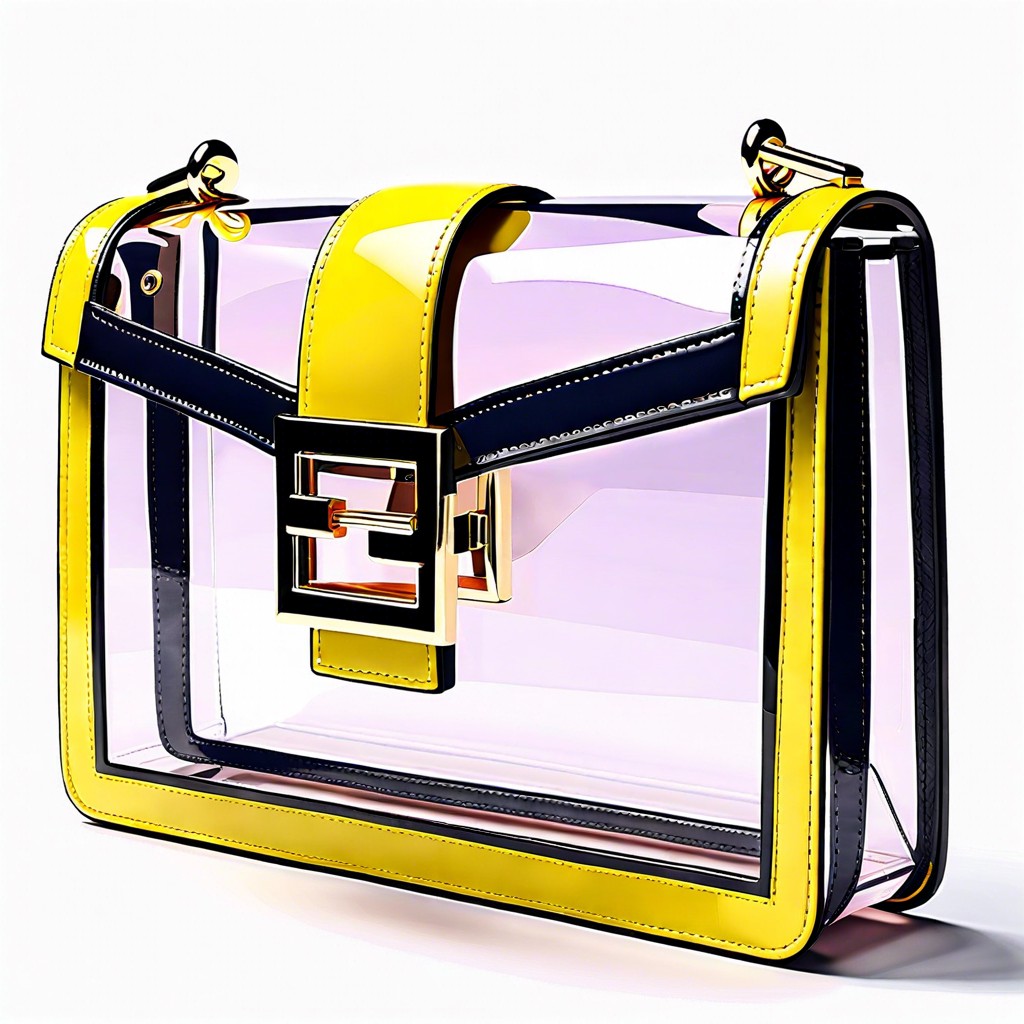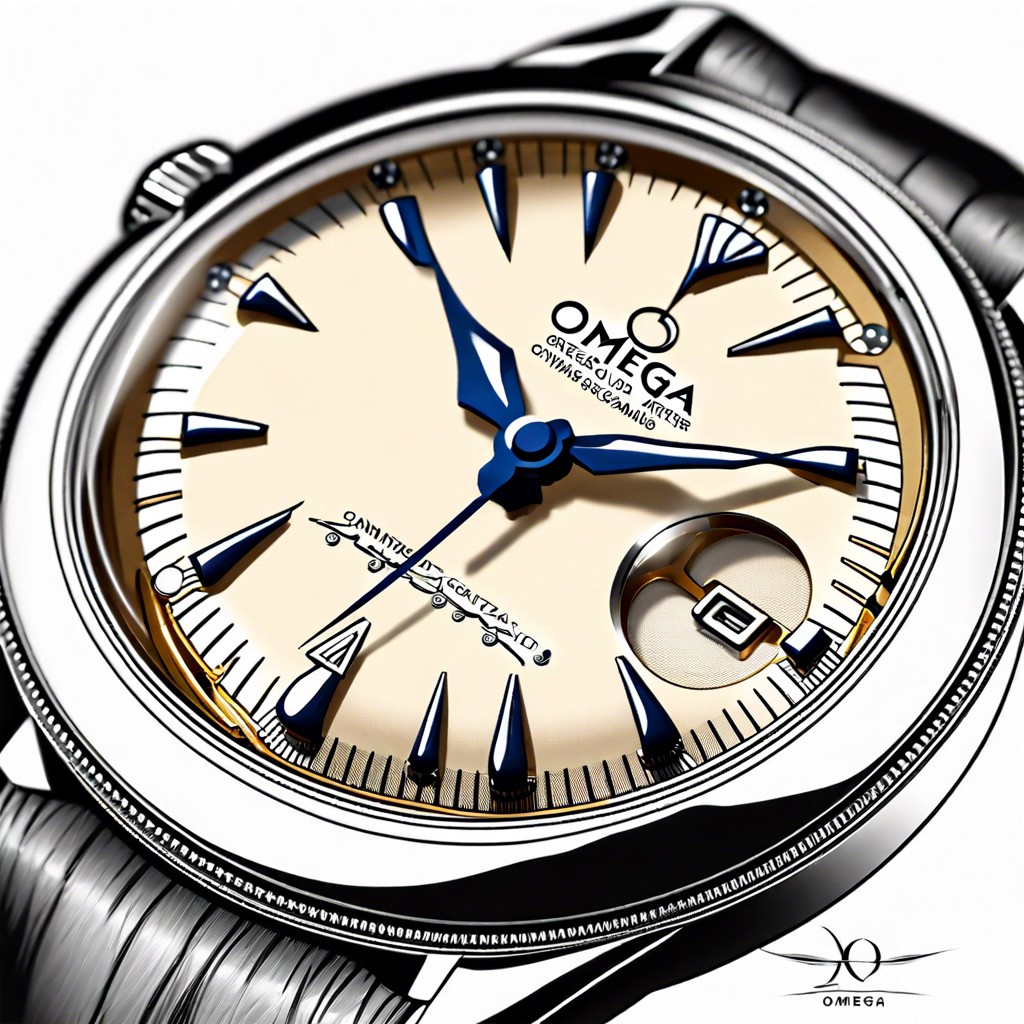Last updated on
Discover practical tips for choosing a vintage phone that blends retro charm with everyday functionality.
Key takeaways:
- Vintage phones offer a blend of retro charm and everyday functionality.
- Iconic models like candlestick, rotary, trimline, payphones, Princess, and novelty phones are highly prized by collectors.
- Vintage phones have had a cultural impact on modern design, inspiring DIY projects and influencing fashion trends.
- Assessing the worth of a vintage phone involves considering factors like rarity, condition, provenance, and market demand.
- To maintain a vintage phone, use a soft brush, damp cloth, and gentle cleaners, and seek professional help for internal maintenance.
Evolution of Vintage Phones

Telecommunication technology has taken leaps and bounds from its infancy. In the late 1800s, the candlestick telephone, with its separate mouthpiece and earpiece, introduced early adopters to voice communication over distances. The roaring ’20s saw the introduction of rotary dial telephones, a design that became a household staple for the better part of the century.
The mid-20th century brought forth innovations like the trimline phone, where the dial was integrated into the handset for greater convenience. Cordless designs emerged in the 1960s, shattering the tether that bound users to a small radius around their phone’s base.
By the 1980s, the advent of mobile technology started relegating home phones to secondary status. Yet, vintage phone models remain a nostalgic nod to the eras they once defined, esteemed for their sturdy construction and stylistic presence, now serving as both functional artifacts and decorative accents in homes and businesses.
Iconic Vintage Phone Models
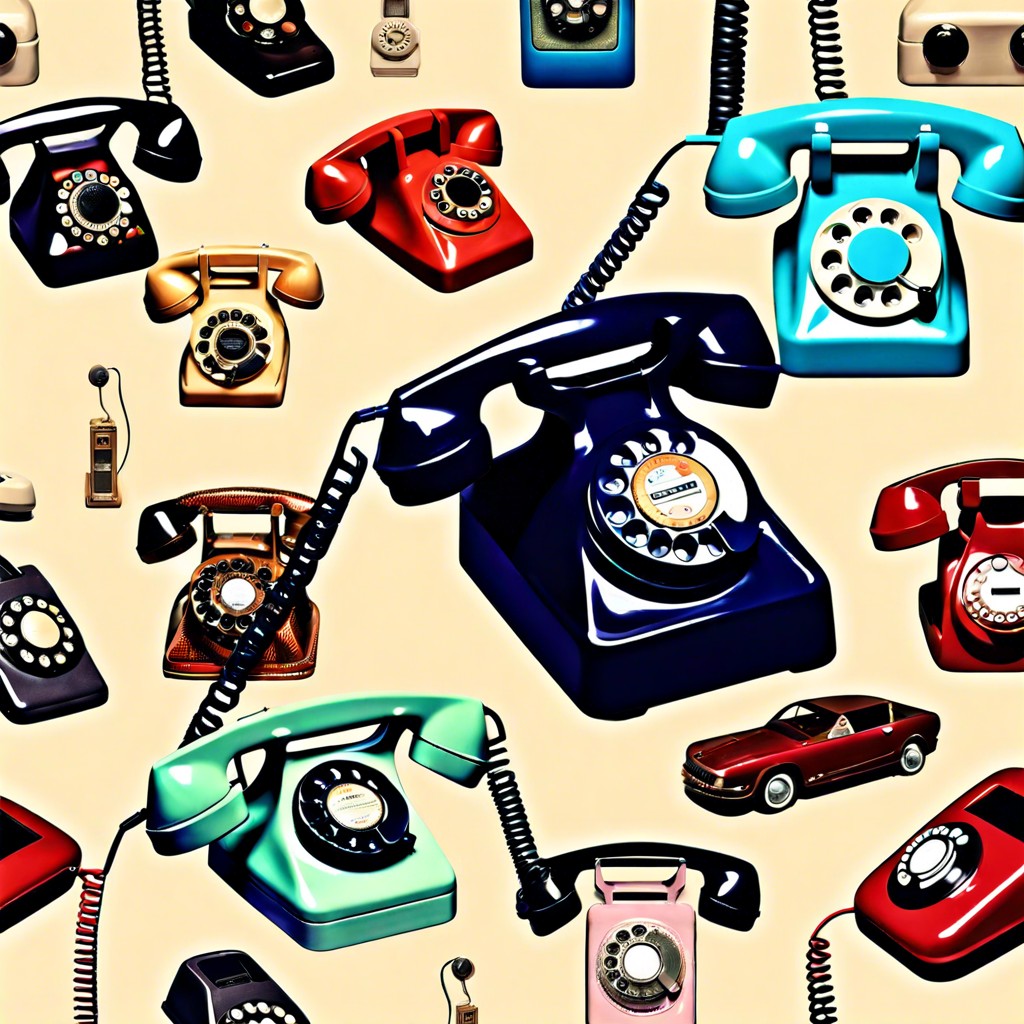
The candlestick phone, dating back to the early 20th century, demands attention with its separate mouthpiece and earpiece. Enthusiasts prize it for its brass or nickel finishes that add a touch of elegance.
Rotary phones, recognizable by their circular dial, became household staples in the mid-1900s. They are cherished for the satisfying sound and feel of the dial returning to position after selecting each number.
The trimline phone introduced a more compact design with the dial on the handset itself. Its sleek form and array of colors made it a fashionable and practical choice for many homes.
Payphones, once found on every corner, now serve as nostalgic décor pieces. Their sturdy construction and iconic “three-slot” style evoke memories of the pre-cell phone era.
The Princess phone captivated a younger, style-conscious audience when it hit the scene. With its light-up dial and soft contours, it stood out as a fashionable bedroom accessory.
The novelty phones, designed to resemble characters or objects, turned mundane equipment into conversation starters. Their whimsical designs range from cartoon figures to everyday items, infusing fun into the functional.
Collectors admire these models for their design, ingenuity, and the stories they represent. Each vintage phone model encapsulates a different facet of communication history, forming a tangible connection to the past.
The Cultural Impact of Vintage Phones On Modern Design
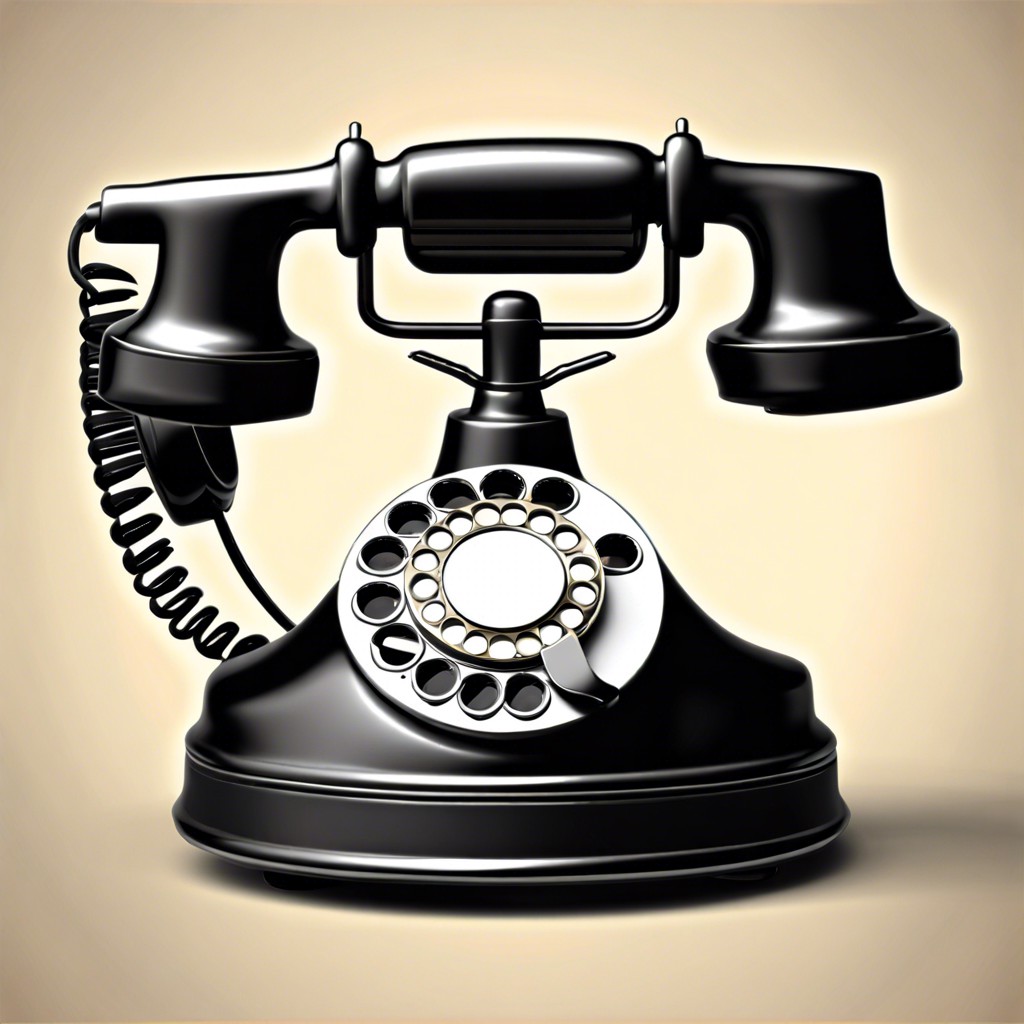
The charm of vintage phones transcends their original purpose. These relics have infiltrated contemporary decor, influencing designers and DIY enthusiasts alike. Repurposed as bookends or plant holders, they add a retro flair to any setting. They embody nostalgia, creating a link to a simpler communicative era before the smartphone dominated our attention.
Their design, once purely functional, now resonates aesthetically. The rotary dial, cord, and classic handset shape have been repurposed in modern gadgets, blending old-school style with new tech. This fusion serves as a reminder of the journey from operator-assisted calls to touch screens and virtual assistants.
Moreover, fashion often takes cues from the past. Vintage phones appear in prints, on accessories, and even inspire handbag designs. Their look signifies elegance, sturdiness, and timelessness. In an age where designs often last as long as the next software update, the lasting appeal of these telephonic antiques makes a statement against the disposable nature of modern devices.
In art, vintage phones are symbols. They evoke stories. Are they whispering sweet nothings or closing a deal? Either way, they hold the audience captive, dialing up the drama. Juxtaposed with contemporary elements, they become a conversation piece, pun intended.
Lastly, they remain educational tools. Demonstrating the evolution of communication technology to younger generations, they bridge the gap in understanding how far innovation has brought us. A vintage phone doesn’t just sit silently; it speaks volumes about our shared history with technology.
Valuation: Assessing the Worth of Vintage Phones

Determining the value of a vintage phone involves examining several key factors. Rarity often tops the list; the fewer specimens available, the higher the potential value. Take the candlestick phones from the early 20th century, for example—a well-preserved piece can fetch a pretty penny.
Condition is another critical factor. Does the phone still have its original finish? Are there cracks or chips? Even operational status can play a role—phones that still produce a dial tone or ring might be worth more.
Provenance can add layers of value. Phones with a traceable history, perhaps owned by a notable figure or part of an important event, garner higher interest.
Lastly, market demand shifts like the tides. What’s in vogue among collectors can spike a phone’s value temporarily. Stay up-to-date with trends by attending phone shows, joining collector groups, and keeping an eye on auction results.
Arm yourself with knowledge, and consult with experts to get the best estimate of a vintage phone’s worth. Remember, beauty is in the eye of the beholder, and sometimes it’s the story behind the phone that dials up its value.
Maintenance Tips for Vintage Phone Enthusiasts
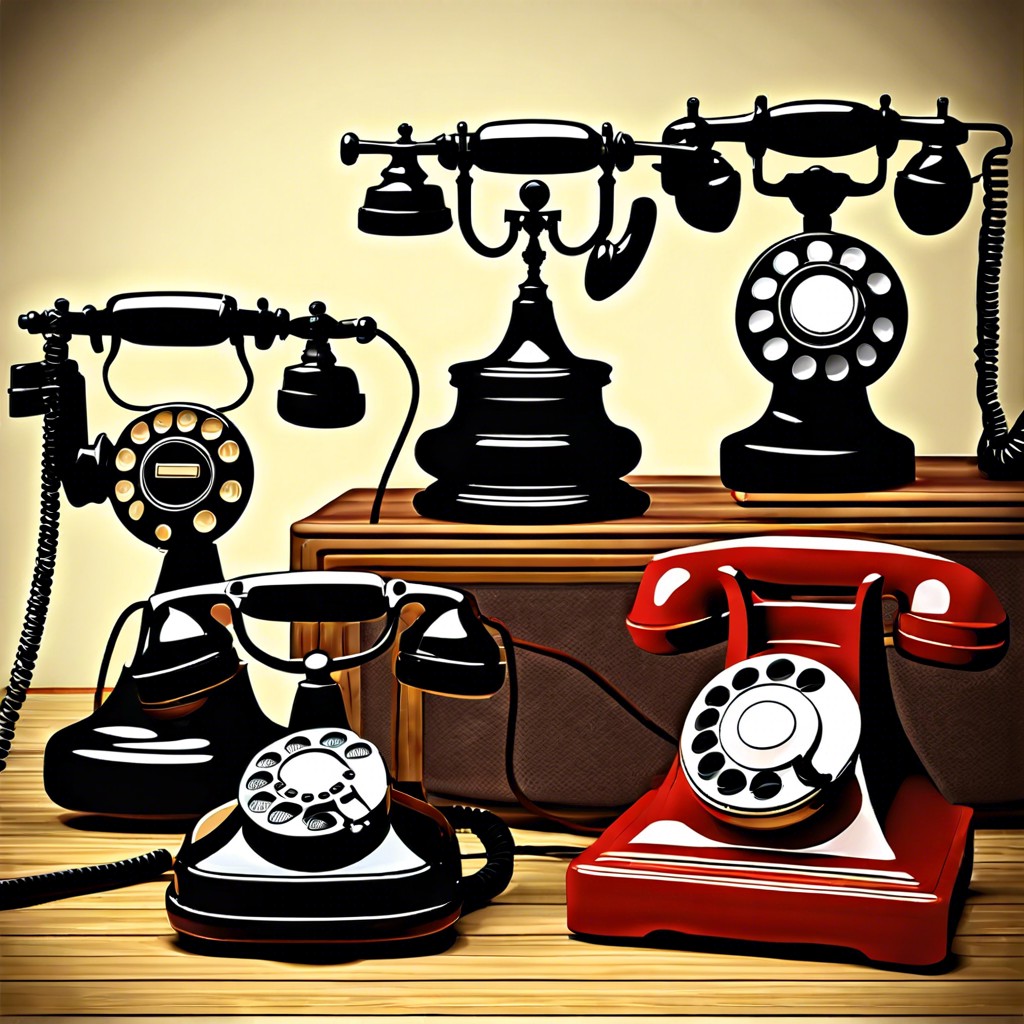
Caring for a vintage phone can be like tending to a cherished old friend: it requires patience, gentle touches, and attention to detail. Here are some pointers to keep your retro communicator in prime condition.
Dust is the enemy of vintage electronics. Use a soft brush to sweep away the cobwebs without scratching the surface. Remember, these items can be as fragile as a butterfly’s wings.
For the body of the phone, a damp cloth can work wonders. Avoid harsh cleaners; a drop of dish soap in warm water is usually enough to handle grime. Treat the phone like a piece of fine china — it’s sturdy but deserves a soft touch.
Moving parts, such as dials and cranks, occasionally need lubrication. A dash of sewing machine oil can keep them gliding smoothly. Imagine oiling a squeaky door hinge; it takes just enough to silence the squeak, but not so much that it drips.
Finally, for internal maintenance, it’s often best to connect with a professional. Tinkering with the innards can be a high-stakes puzzle. If repairs are beyond your skillset, better to pass the baton to an expert rather than risk a misstep.
